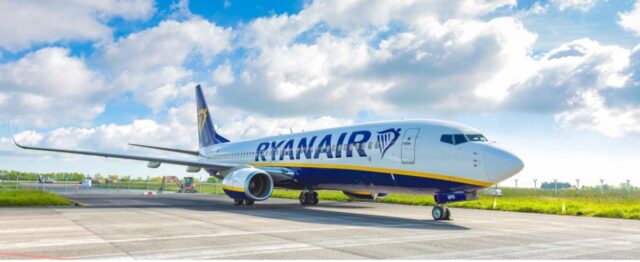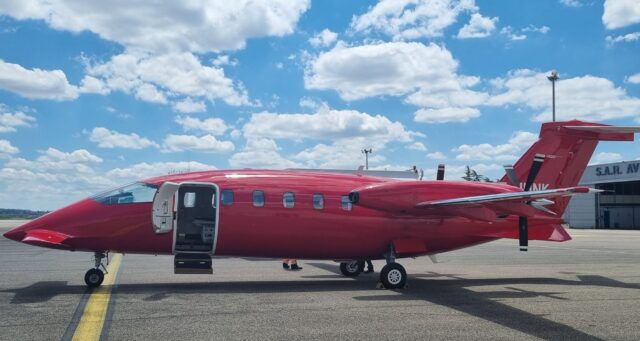A ‘talking point’: Bahrain International Airshow’s flying display

As the sun sets across the Kingdom of Bahrain’s Sakhir Airbase on the night before the show, four red and white aircraft of the UK-based Global Stars streak across the dusky sky, trailing wing-mounted pyrotechnics. Down below – a hundred feet, although I’m sure it seems less from the Extras’ cockpits – a multitude of aircraft on the static line sit, silently, waiting for the spectacle that is tomorrow’s airshow. Validation – an essential safety initiative whereby each airshow act’s practice display is signed off by the flight control committee – is complete. The fuel is primed. The crowd are inbound. The cameras are poised. But what of the audio accompaniment alongside the visual display?
Stratton Richey is no stranger to airshow commentary and describes the opportunity to return to the Bahrain International Airshow as “a great honour”; having been privileged to commentate for every iteration of airshow since the inaugural event back in 2010. However, despite having a plethora of events under his belt since picking up the microphone at his first Farnborough in 1976 (and returning as chief commentator in 1996), he says every event has its own subtly different style.
“You have to pick one person in the crowd and talk to them,” explains Richey, highlighting the need to keep commentary personal – something he likens as akin to making a PA announcement onboard a commercial aircraft. Admittedly, this is harder without a physical crowd directly in front of the commentary team’s location, although helped by the presence of a livestream camera (broadcasting across the site and streaming to a live audience simultaneously). “I imagine I’m talking to somebody in their living room,” Richey ventures, adding the need to flit between audiences. “It’s very easy to commentate just for here but to ignore audiences at home”.
Additionally, the nature of each show dictates a certain style. Although during trade shows, “the audience know more about aircraft than I ever will,” Richey adds that events open to the public typically take a lighter tone. “Either way, I don’t come in with a set plan,” he reveals; adding that it’s also beneficial to “pick up flavours walking around the show” the day before. Some acts will also bring their own commentary crew, although the official team will remain onhand ready to jump in if needs be.
Another critical imperative– alongside the need to keep any commentary impartial – is selecting the tone to take, with manufacturers actively trying to market their aircraft understandably less receptive to flippant humour (which can, however, still have its place). His advice? “Don’t start a long sentence without an exit strategy” and “respect the sweet spot of timing – sometimes less can be more”.
However, the first (and also the last) voices to take the microphone tomorrow will be Bahraini, something Richie says is describes as a very important mark of respect to the host nation. And as for his personal highlight of the airshow? Could it be the distinctive green and white Saudi Hawks? The Pakistan Air Force JF-17? The US Department of Defense B-52? With a wide variety of acts all offering something different, Richey concludes that it’s impossible to define a favourite – but whether in person or online, viewers are sure to see something spectacular.
















